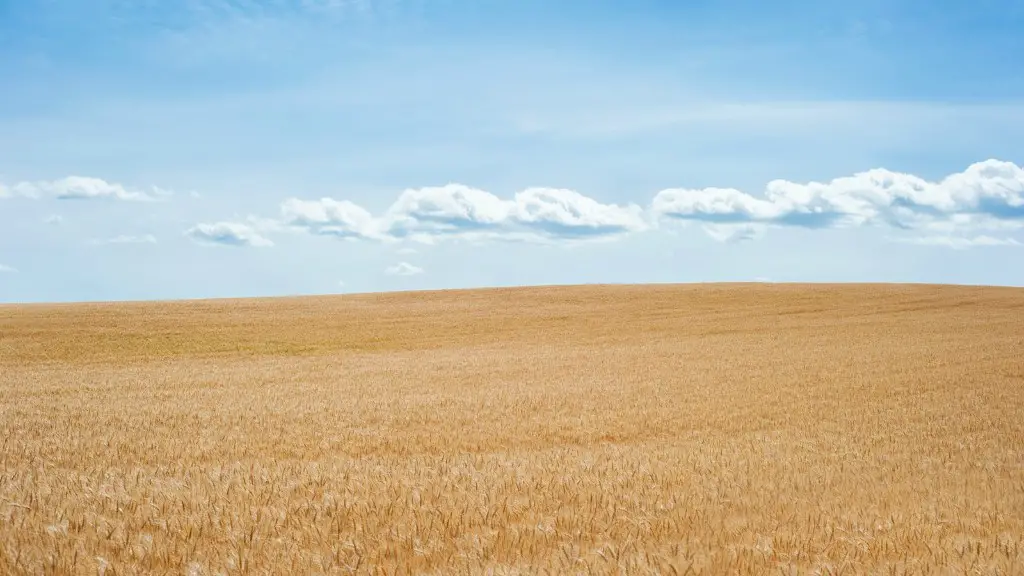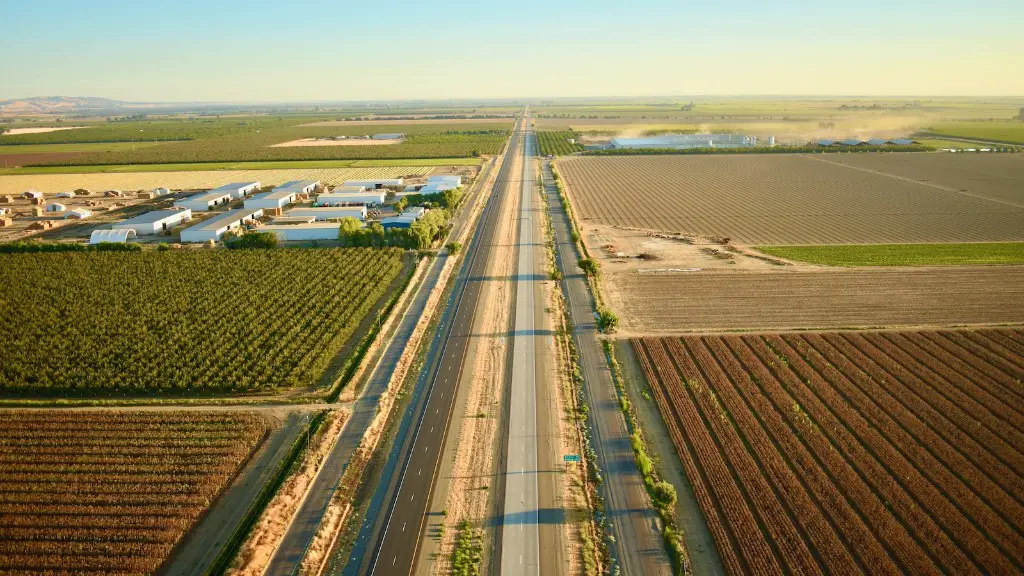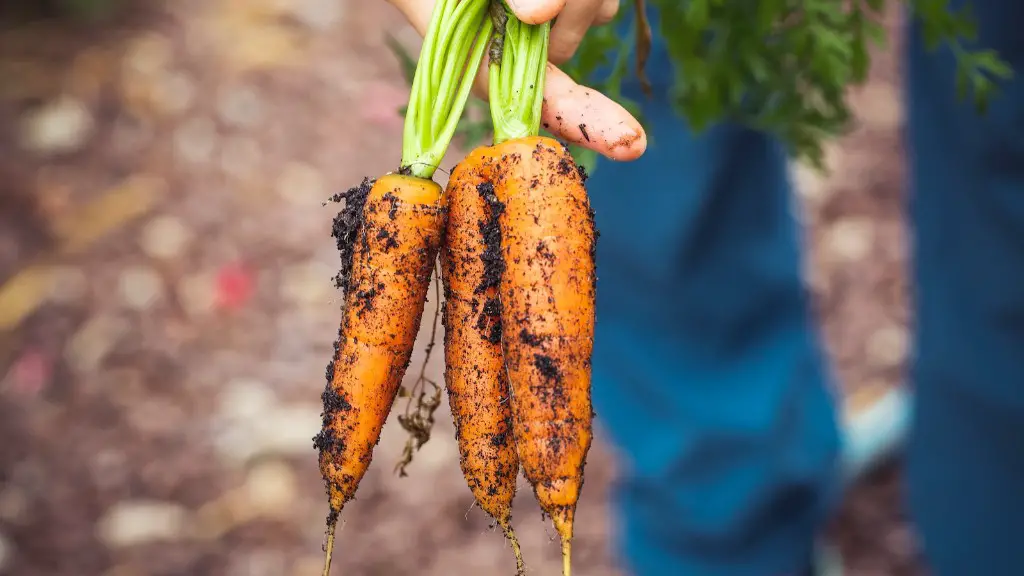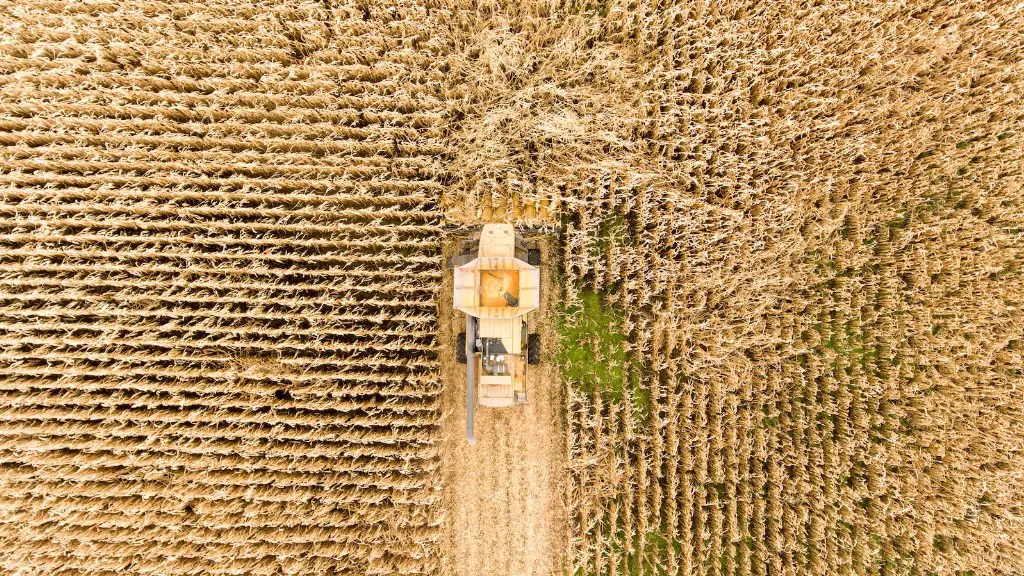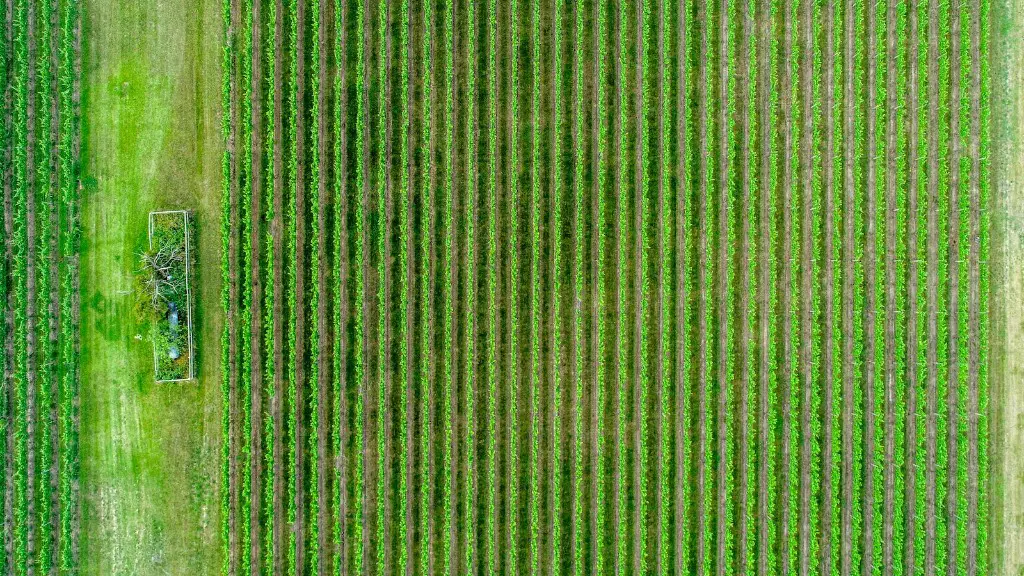Animal production in agriculture is the husbandry and breeding of animals for use in agricultural settings. It includes the production of livestock, such as cattle, pigs, sheep, and poultry, as well as the production of draft animals, such as horses, donkeys, and mules.
Animal production in agriculture is the process of raising animals for food or other purposes. This can be done either on a farm or in the wild.
What is the meaning of animal production?
Animal production is the technology applied to the keeping of animals for profit. This includes feeding, breeding, housing and marketing. Animal production plays an important role in the economy, providing food, fiber and other products. It also provides employment for many people. Animal production is a demanding and challenging occupation, requiring knowledge and skill.
Animal husbandry is the branch of agriculture concerned with animals that are raised for meat, fibre, milk, or other products. It includes day-to-day care, selective breeding, and the raising of livestock. Animal husbandry can be a very rewarding experience, as it allows you to work closely with animals and witness their growth and development. It is important to remember, however, that animal husbandry is a demanding and time-consuming occupation, and it is important to be prepared for the challenges that it can bring.
What is included in animal production
Animal production and milk production are important parts of the agricultural industry. In order to ensure the health and safety of the animals, as well as the quality of the milk produced, there are certain guidelines and standards that must be followed. These include the care of cows and calves, the type of management system used, the type of housing provided, the way manure is handled, and the milk storage procedures on the farm.
Animal husbandry is the breeding, maintenance, slaughter and general subjugation of livestock. It is a part of modern agriculture and has been practiced in many cultures since humanity’s transition to farming from hunter-gatherer lifestyles. Animal husbandry involves the selective breeding of animals to produce offspring with desired characteristics, such as size, shape, color, and behavior. It also involves the care and management of animals, including their food, shelter, and health. Animal husbandry can be used to produce food, fiber, or other products, such as leather, wool, and milk. It can also be used to produce work animals, such as draft horses, pack animals, and riding animals.
What is the purpose of animal production?
Livestock agriculture is a vital part of the global food system, providing a major source of protein for billions of people around the world. The sector is also a significant contributor to climate change, with emissions from livestock accounting for around 14.5% of global greenhouse gas emissions.
Livestock agriculture is an important part of the economy in many countries, with the sector providing employment for millions of people. In the United States, the livestock agriculture sector is worth over $200 billion, making it one of the country’s largest industries.
The sector is also a major contributor to global food security, with livestock products providing essential nutrients for billions of people around the world. livestock agriculture is therefore a critical part of the global food system and the fight against hunger and malnutrition.
Farm animals are an important part of sustainable agriculture. They contribute not only a source of high-quality food that improves nutritional status but also additional resources such as manure for fertilizer, on-farm power, and other by-products. In addition, farm animals provide economic diversification and risk distribution.
What is an example of animal production?
The Animal Production subsector is made up of establishments that raise or fatten animals for the sale of animals or animal products. This includes ranches, farms, and feedlots that are primarily engaged in keeping, grazing, breeding, or feeding animals. The subsector is important for the economy as it provides food and other products for consumption, as well as raw materials for other industries.
Cattle, swine, turkeys, and chickens are all major food animals within this group. They are all used for human food production or consumption by humans, and so they are classified as major food animals.
What is the animal farming industry called
Industrial livestock operations have come under fire in recent years for their inhumane treatment of animals and their negative environmental impact. These facilities are characterized by confining large numbers of animals in cramped, unsanitary conditions and subjecting them to painful procedures such as tail docking and castration.
The environmental impact of industrial livestock operations is significant. These facilities produce large amounts of animal waste, which can contaminate air and water supplies. Additionally, the overuse of antibiotics in these operations can lead to the development of antibiotic-resistant bacteria, which poses a serious threat to public health.
Animal welfare and environmental concerns have led to calls for stricter regulations on industrial livestock operations. In some cases, such as in the European Union, these facilities are already subject to more stringent regulation than in the United States. As public awareness of the issues surrounding these operations increases, it is likely that more regulations will be put in place in the future.
There are three primary types of livestock systems: grazing, mixed, and industrial.
Grazing systems involve animals graze on pastureland.
Mixed systems use a combination of pastureland and feedlots.
Industrial systems are also known as CAFOs (Concentrated Animal Feeding Operations) and involve animals being confined to feedlots where they are fed a diet of grain and other supplements.
What are the three major factors affecting animal production?
Climate, nutrition, and health are all important factors in livestock production and productivity. Climate can affect the health of the animals, as well as the quality and quantity of the food they eat. Nutrition is important for the health of the animals, as well as for their growth and development. Health aspects are important for the animals to be able to withstand the rigors of the production process and to produce quality products.
The livestock sector has undergone continuous growth and transformation in recent years, offering substantial opportunities for agricultural development, poverty reduction, food security gains and improved human nutrition. With the right policies and investments in place, the sector can continue to play a key role in achieving the Sustainable Development Goals.
What are the problems of animal production
One of the most important environmental issues impacting livestock production is global warming. As the Earth’s average temperature continues to rise, it threatens the well-being of livestock as well as the quality of their products. Additionally, tropical deforestation is a huge problem for the livestock industry, as it destroys the natural habitat of many animals and drives up costs for feed and other resources. Water-use issues are also a major concern, as the demand for water to support the livestock industry is putting a strain on many local water supplies. Finally, rangelands and desertification are also having a negative impact on livestock production, as they reduce the amount of available grazing land and lead to poorer quality grazing.
Animal agriculture, especially meat production, is a leading cause of pollution, greenhouse gas emissions, biodiversity loss, disease, and significant consumption of land, food, and water. Animal agriculture is responsible for 18 percent of greenhouse gas emissions, more than the entire transportation sector. It is also a major driver of deforestation, biodiversity loss, and water pollution. Animal agriculture is the leading cause of species extinction, ocean dead zones, and habitat destruction.
What are 2 benefits of animal agriculture?
Livestock production can play an important role in sustainable agriculture by providing an environmentallyfriendly source of plant nutrients, generating income, and using certain lands effectively. Proper management of livestock can help to promote sustainability by reducing negative environmental impacts, such as soil erosion and greenhouse gas emissions. When done correctly, livestock production can be an important tool in the fight against climate change.
Animal breeding services, boarding horses, dairy herd improvement activities, livestock spraying, sheep dipping and shearing are all examples of services that can be performed by an agricultural establishment. These establishments play an important role in the agricultural industry, providing a number of vital services that help to keep animals healthy and productive.
Conclusion
Animal production is the branch of agriculture concerned with the raising of livestock. It includes all aspects of animal husbandry, from feeding and housing to health care and breeding.
Animal production in agriculture is the process of raising animals for meat, dairy, or eggs. It includes the selection of animal breeds, feeding and housing of animals, and the management of animal health. Animal production has both environmental and economic impacts. It can cause environmental degradation through the overgrazing of land, pollution, and the spread of disease. It can also have negative economic impacts, such as the high cost of feed and the price volatility of meat and dairy products.
